Is fat freezing safe?
Broadly speaking, fat freezing is considered safe. Unlike surgical treatments such as liposuction, fat freezing is a non-invasive treatment – that is, it involves no surgery or cutting. In a fat-freezing treatment, the cold damages fat cells but doesn’t damage your skin or muscle. It also does not require anaesthetic.
However, fat-freezing treatments can have side effects, which came under greater scrutiny when Linda Evangelista spoke about her experience. These are explained in more detail below.
Does fat freezing work?
Yes, fat freezing works – for most people. But how well it works, and how much fat dies off with each treatment cycle, can vary from patient to patient.
Fat freezing typically kills off around 20–30% per cent of the fat in the treated area.
Does fat freezing hurt?
Two parts of the fat freezing treatment are typically uncomfortable or painful:
- When the treatment head begins cooling the fat;
- When the device is removed and the frozen area is massaged.
After the treatment, you may have swelling or bruising where the device was applied. You may also feel sensitivity or pain in the tissue that was frozen. These effects will normally pass in 1 to 2 weeks.
Which parts of the body can fat freezing be used on?
Fat freezing is mainly performed on the body, on areas of stubborn fat such as the love handles on the flanks, and the stomach. With smaller treatment heads, it can also be used to great effect beneath the chin.
How long does fat freezing take?
The treatment itself takes an hour or less, depending on the size of the area you’re having treated. Treatment for a lump of fat on the neck may take 30 minutes or less, whereas a larger-scale treatment of abdominal fat is likely to take around an hour or two hours.
The results of fat freezing start to appear around three months after the treatment, so don’t expect an instant improvement.
Is fat freezing permanent?
Yes – the cells that are destroyed by fat freezing will not return. But your body can still create new fat cells if you overload the existing ones, so you need to continue taking the usual measures to avoid depositing fat. For example, you should stay active and eat a healthy diet.
Are there any side effects to fat freezing?
Mostly, fat freezing is pretty straightforward, but there are some side effects:
- Two parts of the fat freezing treatment itself – first, chilling the fat, and then massaging it – can be moderately painful or even intensely painful.
- There may be swelling or bruising where the cooling device has fastened on to the skin. This swelling or bruising may take a week or two to subside.
- There may be sensitivity, or even sharp pain, in the tissue that was frozen, for a week or two after treatment.
In the longer term, some patients report a loss of sensation in the treated area after fat freezing.
Fat freezing can also have a side effect called paradoxical adipose hyperplasia that’s fortunately rare, affecting only about 1 person in 2,000 treated. However, it garnered a lot of headlines after Linda Evangelista shared her experience.
In paradoxical adipose hyperplasia, the treated area actually gets an increase in the number of fat cells rather than the intended reduction, the lymphatic system within the treated tissue is disrupted and the treated area will bulge and harden as a result. Paradoxical adipose hyperplasia occurs more frequently in men than in women, and more frequently in people of Hispanic or Latino descent. Hyperplasia means the enlargement of an organ or a tissue – in this case, adipose tissue, which is the technical term for fat. The remedy for this is surgical liposuction, which is often, but not always, successful.
Where can I get fat freezing done?
You can get fat freezing done at a wide range of clinics.
You can use the Find a Practitioner tool on this website to find a practitioner for
fat freezing.

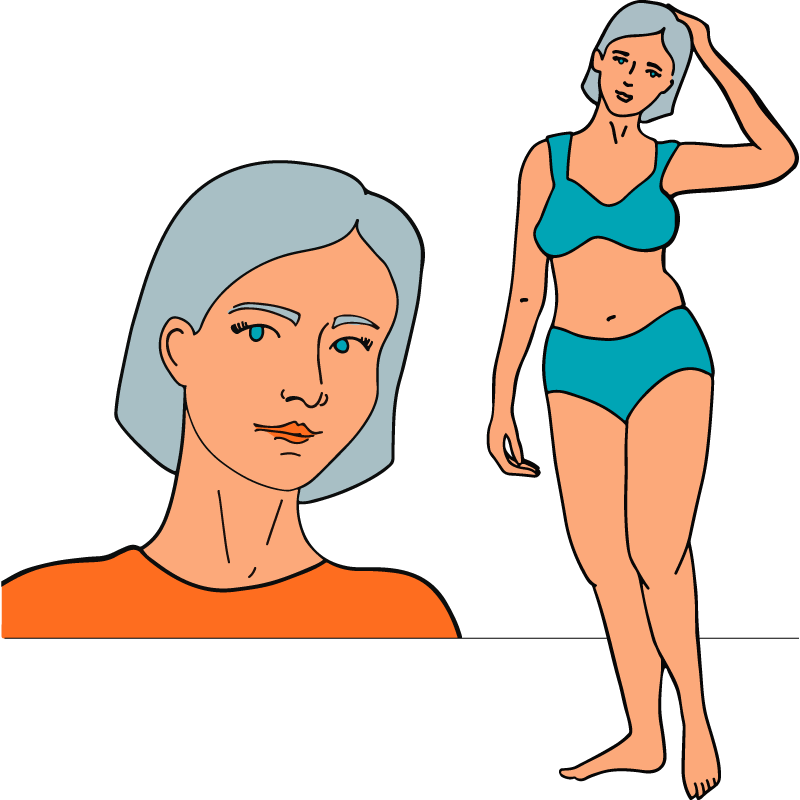

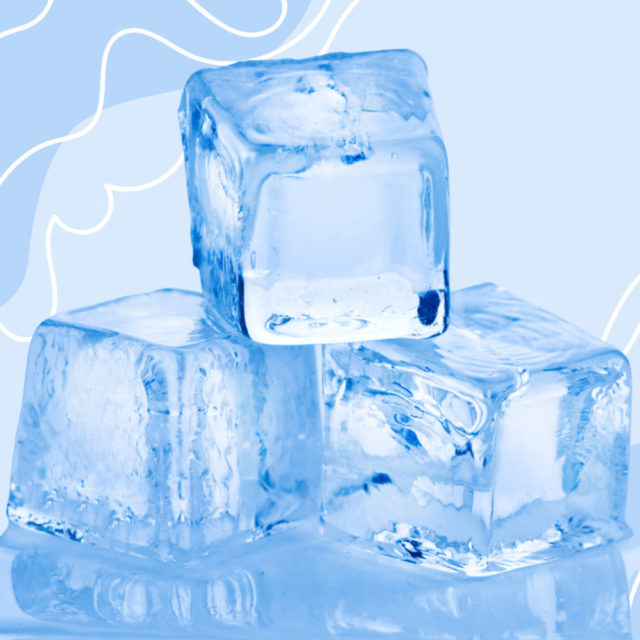
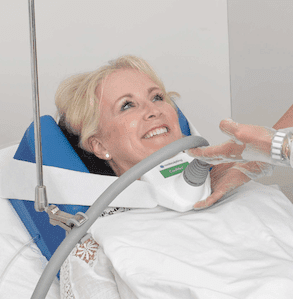
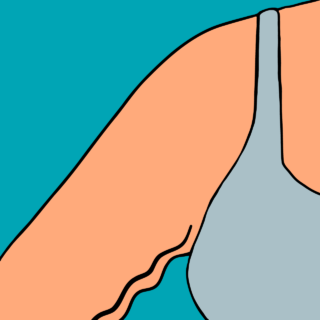
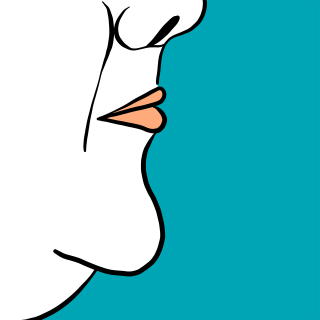
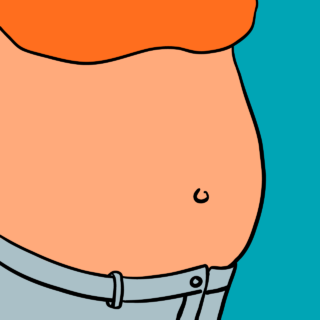
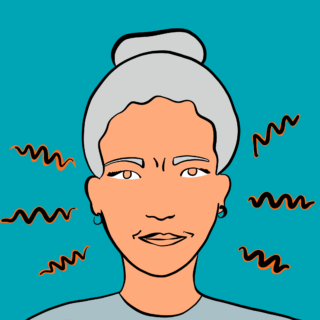



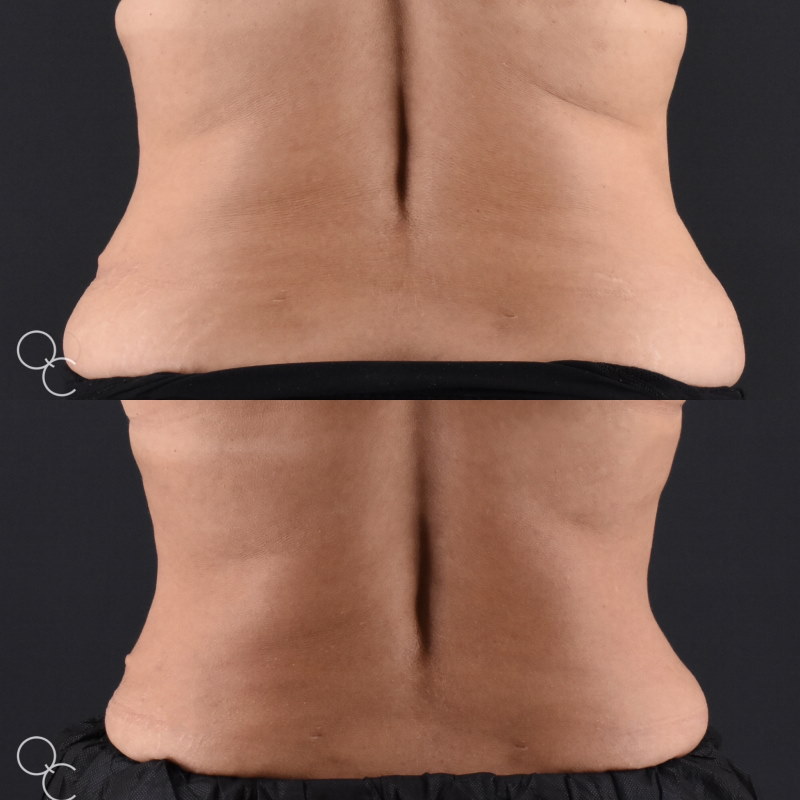
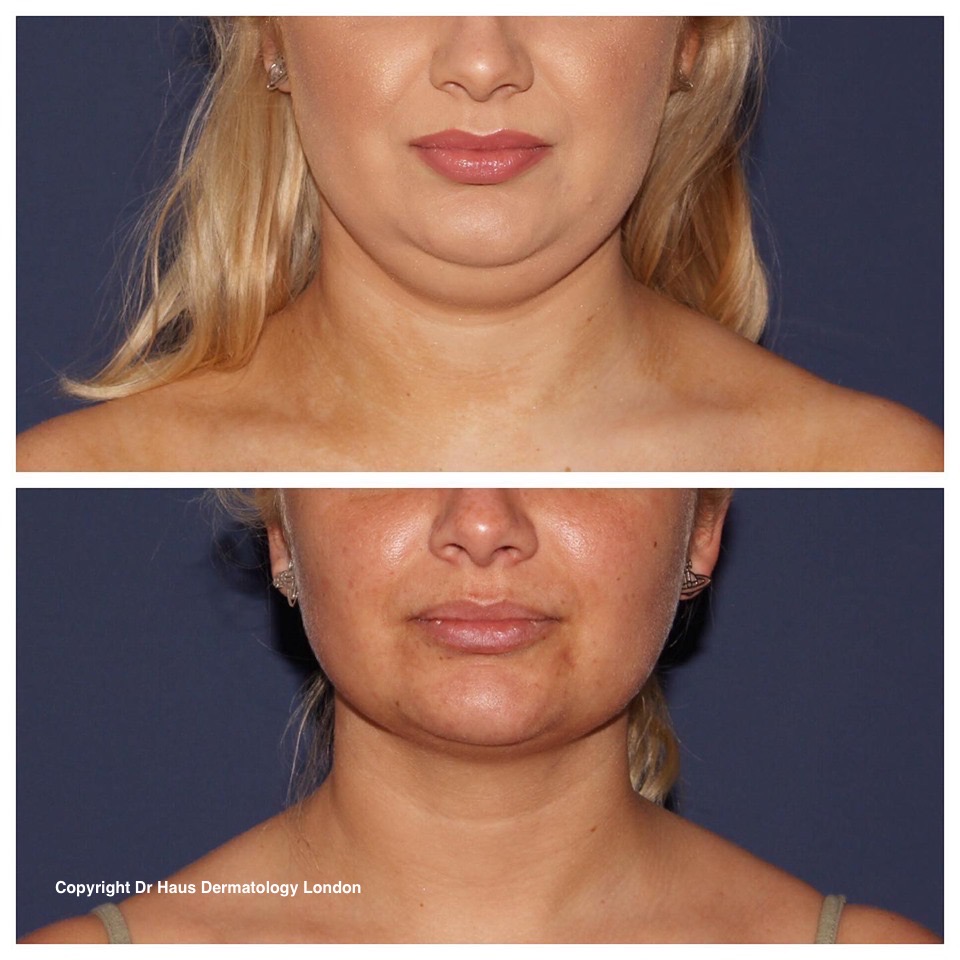
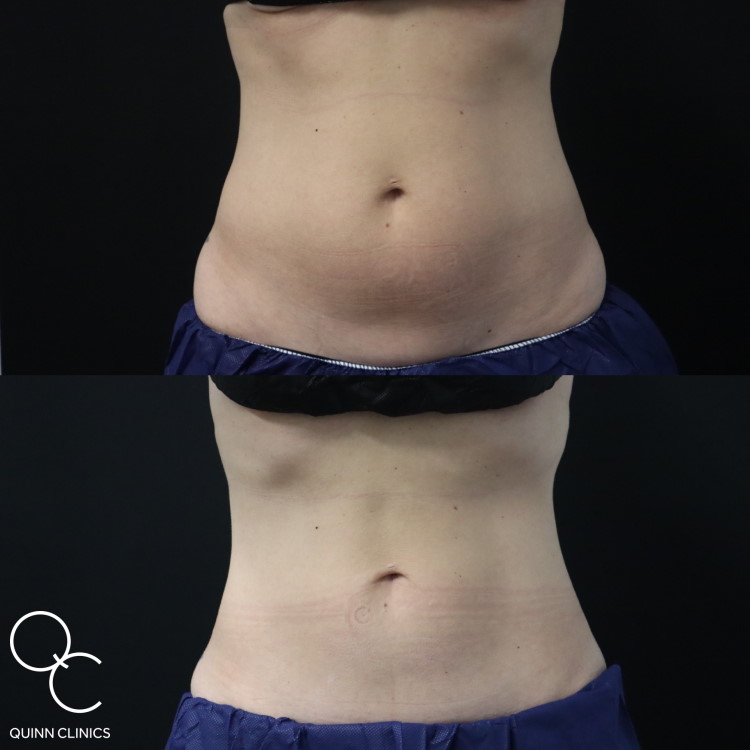

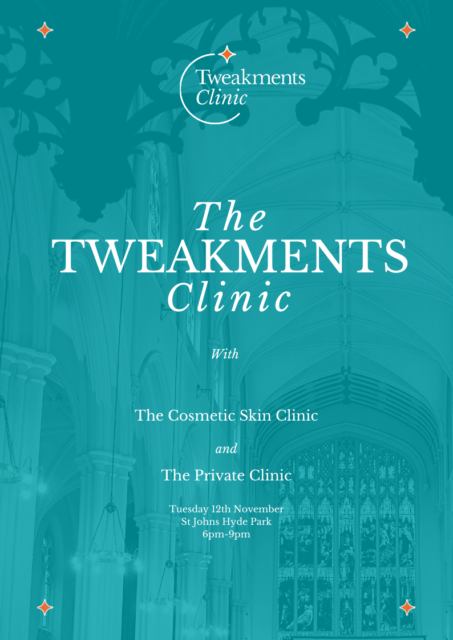
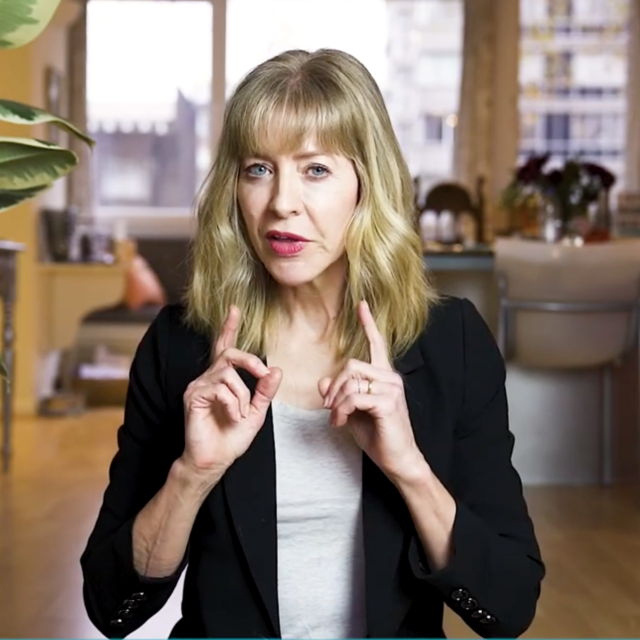
 The Tweakments Chatbot
The Tweakments Chatbot